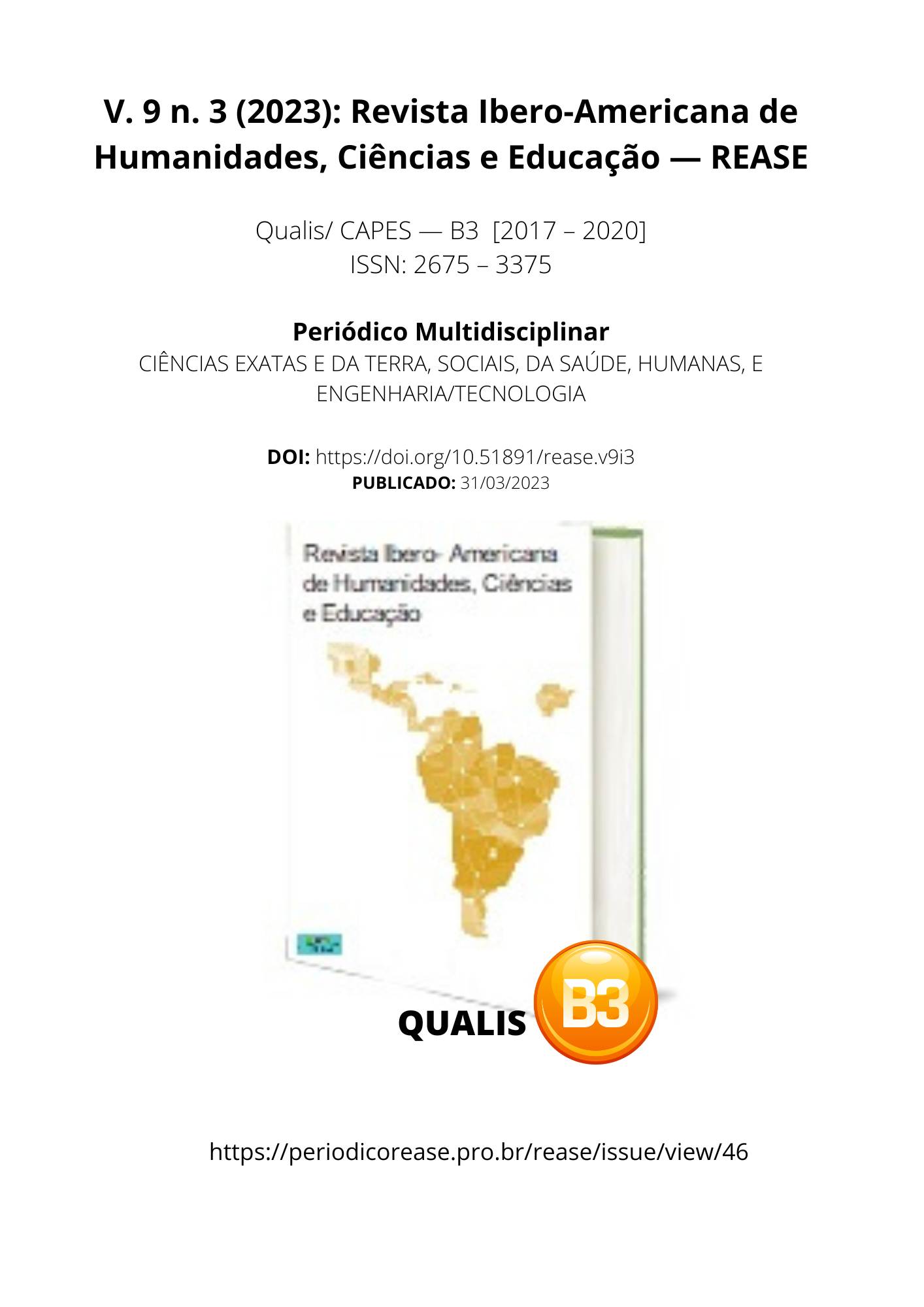REVIEW OF ALTERNATIVES FOR REMOVING HYDROGEN SULFIDE (H2S) FROM BIOGAS FROM ANAEROBIC FERMENTATION OF AGRICULTURAL WASTE AND ITS USES, BENEFITS AND ECONOMIC VIABILITY FROM 1969 TO 2010 – 40 YEARS OF RESEARCH
DOI:
https://doi.org/10.51891/rease.v9i3.8879Keywords:
Biodigestor. Filter. Hydrogen sulfide.Abstract
The objective of this review is to present the main drawbacks of hydrogen sulfide (H2S) in biogas from anaerobic fermentation of agricultural waste and to expose the alternatives tested by several authors, in the last decades, to remove H2S from biogas. The most suitable method for a given situation is linked to installation costs, ease of obtaining, maintenance and operation, in addition to the efficiency of purification systems. There are numerous H2S removal techniques that have been developed around the world through dry oxidation processes; adsorption processes; biotreatment processes; physical absorption processes and chemical absorption processes. However, currently in Brazil there are few low-cost alternatives for the purification of biogas from anaerobic fermentation of agricultural waste. The development of technologies and/or processes to provide its use can contribute to the dissemination of its use, in addition to being an interesting alternative for companies that want to produce and disseminate biogas purification systems from the anaerobic fermentation of agricultural waste.
Downloads
Downloads
Published
How to Cite
Issue
Section
Categories
License
Atribuição CC BY

